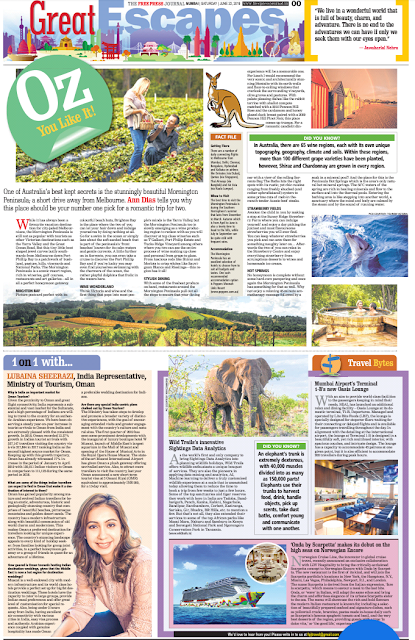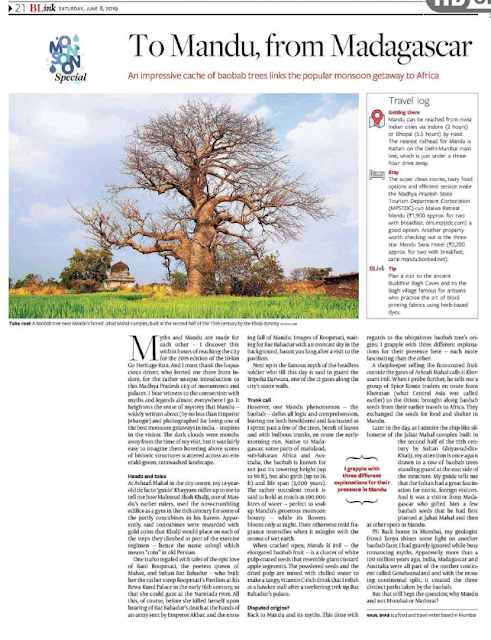By Raul Dias
oversight (n)
an unintentional failure to notice or do something.
If there is one mantra that I’ve lived by all my life, then, that is, to come clean, admit one’s faults and be upfront. And now, more so than ever before, as I kick off something new and exciting such as this column that sees travel through that delicious prism called food! So, for me, its confession time.
While I may have eaten my way through everything from stewed silkworms in China to fried fruit bats in Mexico on my travels around the world, I’ve always given the cold shoulder to the street food of my home country—India. Blame it on an almost-zero spice tolerance level or on that old adage of the “grass is greener on the other side”, but I had never really tried to lose myself in the gullies and nukkads of India where an abundance of street-side treats can be found. Each more enticing than the other.
But all that changed a few months ago when I was literally dragooned by a group of friends into a night out of all things street food on a short trip to India’s cleanest city for a third year in a row, Indore in the wonderful state of Madhya Pradesh. And there is only one spot for such a feeding frenzy to take place at. By day, the 100-year-old Sarafa Bazaar is a busy market full of jewellery shops enticing patrons with gleaming necklaces and rows of stacked bangles. However, every night at around 11pm or so, it takes on another countenance. Yes, almost in a Dr. Jekyll/Mr. Hyde fashion Sarafa Bazaar transforms into an all-vegetarian street food haven like no other I’ve ever seen. Bangkok’s Khao San Road Market eat your heart out!
My very first stop is at the famous Joshi Dahi Vada whose proprietor Mr. Joshi is quite a food acrobat, I soon learn. Theatrically spinning a bowl of dahi vada in air and collecting it all back without spilling a drop, he makes sure you don’t leave without having a bite of his soft and tangy dahi vadas, sprinkled with lime, coriander and amchur. We next move on to try one of the bazaar’s signature foods—bhutte ka kees at a shop called Chhappan Dukan. Unique to this part of India, the divine bhutte ka kees is made from mashed corn smothered in ghee and spices and sprinkled with freshly grated coconut. On realising that I am a food writer, the shop’s owner insists that I try (for free!) another typically Induri dish called garaadu made up of deep-fried yam cubes anointed with a tangy chaat masala dusting.
Still on the savoury food trail, another dish I am literally forced to indulge in is the texturally brilliant dal bafna. Very similar to the Rajasthani dal baati, here the bafna ball is made with a mix of semolina and wheat flour and served with a dal that is spiked with mint chutney and mango pickle for a tangy hit. Served dipped in ghee, the bafna makes sweet love to the dal, resulting in a delicious coupling like no other.
Saving a little space for the sweet onslaught that is to come is a sensible move, as I find myself wolfing down a malpua-rabdi combination at the famous Jai Bhole Jalebi Bhandar that is soon chased by a mawa baati, which is a local take on a gulab jamun that sees this iteration stuffed with dried fruit and nuts.
It’s almost 1.30am as I waddle out of the still-bustling Sarafa Bazaar wishing and hoping that breakfast a few hours later at my five-star hotel could hold a candle to this kind of sheer street food brilliance…
(First published on 29th June 2019. Appearing every last Saturday of the month in The Free Press Journal newspaper, this column is all about viewing travel through the prism of food. https://www.freepressjournal.in/travel/sarafa-bazaar-indores-delectable-eat-street-2)










